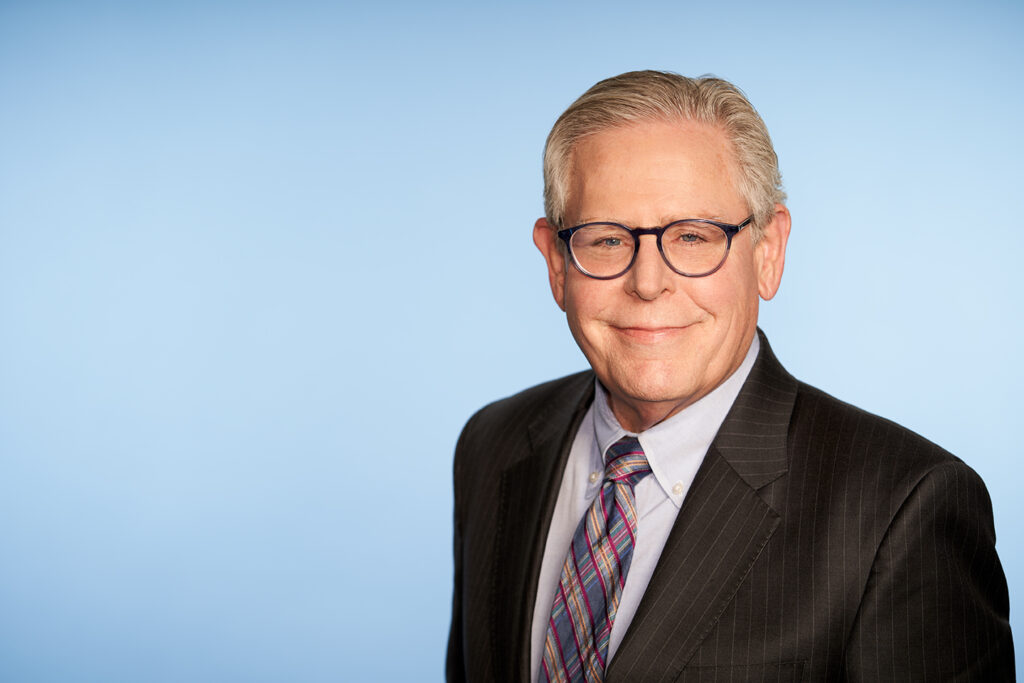Challenging Conventional Wisdom: The Risks and Rewards of Rethinking Business Mental Models
- March 26, 2024

Beware of faulty models.
Mental models help all of us think about our businesses and the world. Some of them are great aids to the CEO.
But we must also beware of getting locked into old or faulty models.
“We set a strategy and then we execute it” is a classic model that can actually prevent CEOs from seeing how deeply interlinked and reciprocal strategy and execution are.
“I make decisions after gaining consensus from the executive team” is a model that can drive CEOs to the brink as they struggle to get the group’s full approval.
And in large organizations, there’s a real danger of switching a model but not realizing how many branches have grown from it. Many companies dealt with this as employees went remote. The central model of where employees do their work shifted, but old assumptions remained—about meetings, response times, productivity, about how employees feel included in a team.
We must be vigilant about this because models have a way of ingraining themselves well past their usefulness. I’m currently reading Ryan Holiday’s Trust Me, I’m Lying, in which he writes:
Once the mind has accepted a plausible explanation for something, it becomes a framework for all the information that is perceived after it. We’re drawn, subconsciously, to fit and contort all the subsequent knowledge we receive into our framework, whether it fits or not. Psychologists call this cognitive rigidity. The facts that built an original premise are gone, but the conclusion remains—the general feeling of our opinion floats over the collapsed foundation that established it.
As CEOs, it’s incumbent on us to continually question the models we operate by. That includes the ones that feel most comfortable and familiar.
There are two types of people in the world…
If you ask me, DISC and other personality assessments are hugely undervalued in the world of executive leadership. When you have a language to describe differences in people, you grow your ability to lead others. Here’s one personality divide I’ve noticed lately.
In a company I once led, we had a manager who was just about ready to fire a couple of her employees. She came to me saying that every time she would propose a new idea, these two employees would push back instantly. Why weren’t they jumping in to help instead? Fortunately, by this time I was well versed in CliftonStrengths, and I knew this manager had Activator as one of her top strengths. Like other Activators, she was good at rallying people around new ideas and pushing for action. Why wait when we can start right now? is the Activator’s mantra. Together, this manager and I looked at the top CliftonStrengths of these two employees, who I knew from experience were strong contributors. Sure enough, they both had Strategic in their top five strengths, meaning they were comfortable proceeding only after thinking through the what, why, and how of a particular course of action. As is usually the case, what had seemed like an entrenched personnel issue boiled down to a misunderstanding between personalities. After talking with the manager, we decided she couldn’t ask these Strategic employees to be her sounding board for every new idea that came into her head. Instead, she needed to clearly prioritize which projects were important and allow the Strategizers to deliver the results. As CEO, do you lean toward activation or strategizing? Do you tend to push for activity quickly, and if so, could you be wearing out the more strategic people on the team? Or on the other hand do you like to think things through strategically, frustrating the Activator types you lead? As with so much of the chief executive role, you don’t have the luxury of leaning all the way into one side of that equation to deliver results (like an individual contributor might). You have to find a balance, then move ahead with awareness of your natural inclination in either direction. |






